- The Benefits of Growing Peppers in Greenhouses
- Habanero Peppers – The Perfect Heat for Spicy Dishes
- Heat Level
- Flavor Profile
- Uses in Cooking
- Growing Habanero Peppers
- In Conclusion
- Bell Peppers – The Versatile Choice for Cooking and Snacking
- Vibrant Colors and Varied Flavors
- Packed with Nutrients
- What to Look for When Buying Bell Peppers
- Ways to Enjoy Bell Peppers
- Jalapeno Peppers – A Mild Heat with a Burst of Flavor
- Flavor Profile
- Uses in Cooking
- Growing Jalapeno Peppers
- Health Benefits
- Poblano Peppers – The Ideal Pepper for Grilling
- Grilling Poblano Peppers:
- Banana Peppers – The Sweet Heat for Salads and Sandwiches
- Flavor Profile
- Uses
- Growing Banana Peppers
- Conclusion
- Choosing the Right Soil for Growing Peppers
- 1. Well-Draining Soil
- 2. pH Level
- 3. Organic Matter
- 4. Nutrient Availability
- 5. Disease Resistance
- 6. Container Gardening
- 7. Mulching
- The Art of Harvesting and Storing Fresh Peppers
- 1. Harvesting Fresh Peppers
- 2. Harvesting Techniques
- 3. Storing Fresh Peppers
- 4. Enjoying Fresh Peppers
- “Question-Answer”
- What are some great pepper varieties for greenhouse cultivation?
- What are the advantages of growing peppers in greenhouses?
- What are some organic pepper varieties for soil cultivation?
- Can pepper varieties grown in greenhouses be used for grilling?
- Are there any specific pepper varieties that are great for eating fresh?
- What are some tips for growing peppers in greenhouses?
- Are there any pepper varieties that are resistant to common diseases?
- “Video” This Technique of Tying Up Tomatoes Will Change Your Life
Peppers are versatile and delicious vegetables that can be enjoyed in a variety of ways. From adding a pop of color to a salad, to spicing up your favorite dish, peppers are a must-have in any kitchen. If you’re looking to grow your own peppers, there are many great varieties to choose from. In this article, we will explore 5 organic pepper varieties that are perfect for greenhouse cultivation and soil growth, as well as for grilling and eating fresh.
1. Sweet Bell Peppers: These are the most common and popular peppers, known for their sweet and mild flavor. They come in a variety of colors, including green, red, yellow, and orange. Sweet bell peppers are great for eating fresh, adding to salads, or stuffing. They also make a tasty addition to stir-fries and other cooked dishes.
2. Jalapeno Peppers: If you like a little heat, jalapeno peppers are a great choice. These small, green peppers are known for their spicy flavor. They can be used in salsas, sauces, and Mexican dishes. Jalapenos can also be stuffed with cheese or added to burgers for an extra kick.
3. Poblano Peppers: Poblano peppers are another delicious and versatile pepper variety. They have a mild to medium heat level, making them great for grilling and stuffing. Poblano peppers are often used to make chiles rellenos, a traditional Mexican dish. They can also be roasted, peeled, and added to soups, stews, and sauces.
4. Habanero Peppers: For those who like it hot, habanero peppers are a great choice. These small, orange peppers are one of the hottest varieties available. They have a fruity flavor and a searing heat that can add a fiery kick to any dish. Habanero peppers are commonly used in hot sauces and spicy marinades.
5. Banana Peppers: Banana peppers are a mild and tangy pepper variety that is often used for pickling. They have a sweet and slightly tangy flavor that pairs well with sandwiches, salads, and pizza. Banana peppers can also be stuffed with cheese or added to pasta dishes for a touch of color and flavor.
When it comes to growing peppers, it’s important to choose varieties that thrive in your local climate and growing conditions. Organic peppers are a great choice for those who prefer to avoid pesticides and chemicals in their garden. Whether you’re growing peppers in a greenhouse or in the soil, these 5 varieties are sure to add flavor and color to your meals. Whether you prefer a mild sweet pepper or a hot and spicy habanero, there is a pepper variety out there for everyone!
The Benefits of Growing Peppers in Greenhouses
Growing peppers in greenhouses offers several advantages over traditional outdoor cultivation methods. Here are some benefits of growing peppers in greenhouses:
- Extended Growing Season: Greenhouses provide a controlled environment that allows for an extended growing season. This means that you can start growing peppers earlier in the year and continue harvesting them later into the season, compared to outdoor cultivation.
- Protection from Harsh Weather: Greenhouses offer protection from extreme weather conditions such as heavy rain, strong winds, and hailstorms. This protection ensures that your pepper plants are not damaged or destroyed by these weather events, which can result in crop loss in outdoor settings.
- Temperature Control: With greenhouses, you have the ability to control the temperature inside the growing environment. This is especially beneficial for peppers, as they prefer warmer conditions for optimal growth. You can maintain the ideal temperature range throughout the growing season, resulting in healthier and more productive plants.
- Pest and Disease Control: Greenhouses provide a physical barrier against pests such as aphids, mites, and other insects that can damage or infect pepper plants. Additionally, the controlled environment in a greenhouse makes it easier to implement integrated pest management strategies and prevent the spread of diseases.
- Higher Yields: Growing peppers in greenhouses can lead to higher yields compared to outdoor cultivation. The controlled environment allows for optimized growing conditions, providing the plants with everything they need to thrive. This includes consistent sunlight exposure, ideal temperature and humidity levels, and proper nutrient availability. As a result, you can expect larger and more abundant pepper harvests.
- Quality and Flavor: Peppers grown in greenhouses are known for their superior quality and flavor. The controlled environment allows the fruits to develop evenly and reach their full potential, resulting in more vibrant colors, crisp textures, and intense flavors. This makes greenhouse-grown peppers highly sought after by both home gardeners and commercial growers.
Overall, growing peppers in greenhouses offers numerous benefits that can significantly enhance the success and productivity of your pepper cultivation. Whether you are a hobbyist gardener or a commercial farmer, utilizing a greenhouse can help you grow healthy, flavorful, and abundant peppers all year round.
Habanero Peppers – The Perfect Heat for Spicy Dishes
Habanero peppers are well-known for their intense heat and are a popular choice for those who enjoy spicy food. These peppers are small, but they pack a powerful punch, making them the perfect addition to any dish that needs a little extra kick.
Heat Level
If you’re looking for a pepper that will really spice up your meals, habanero peppers are the way to go. They have a Scoville heat unit (SHU) rating of 100,000 to 350,000, which is among the highest of any pepper variety. This means they are significantly hotter than jalapenos, which typically range from 2,500 to 8,000 SHU.
It’s important to note that the heat of habanero peppers can vary slightly depending on growing conditions and individual peppers, but they are generally considered one of the hottest peppers available.
Flavor Profile
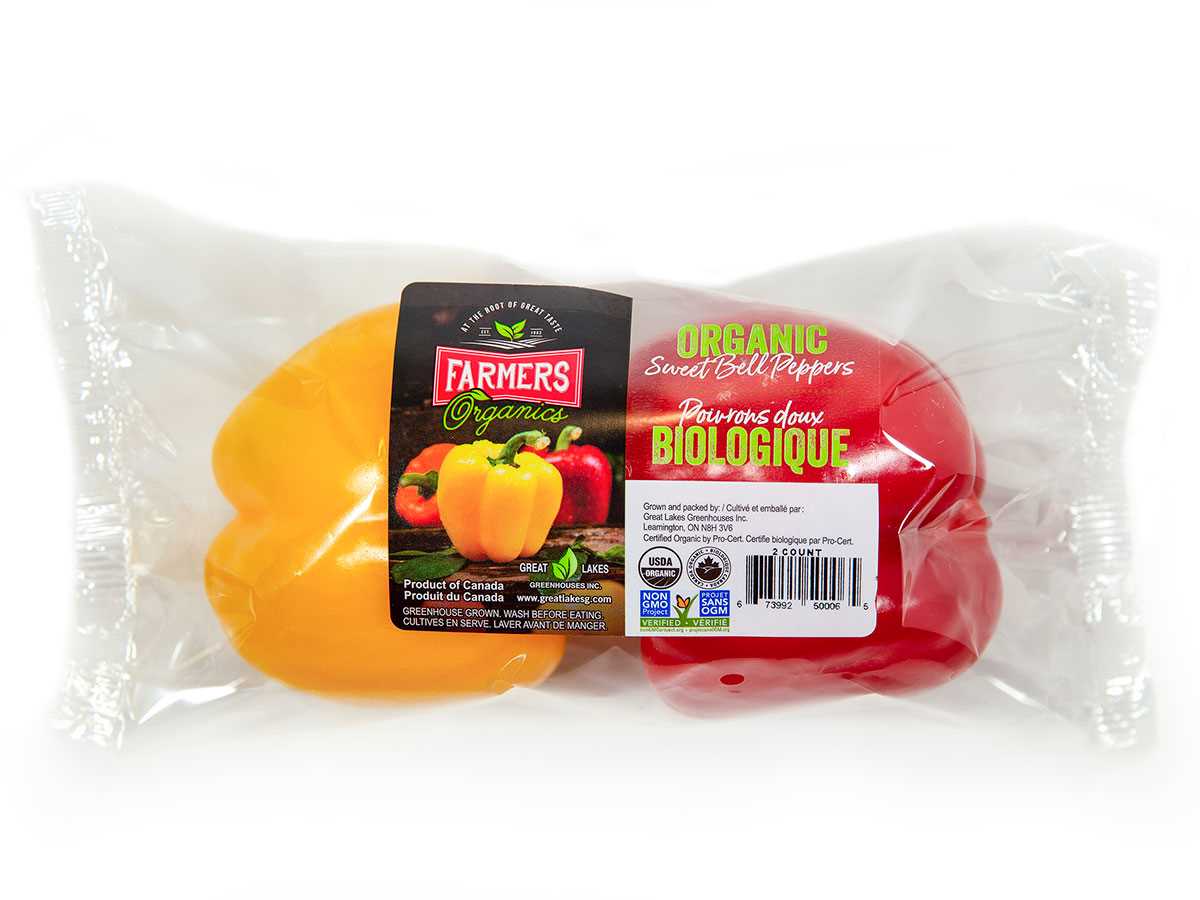
While habaneros are known for their heat, they also have a unique and distinctive flavor. Some describe the taste as fruity or citrusy, while others find it smoky or floral. The flavor can be intense, so it’s important to use habaneros sparingly, especially if you’re not accustomed to spicy foods.
Uses in Cooking
Habanero peppers are a versatile ingredient and can be used in a variety of dishes. They are commonly used in hot sauces, salsas, and chili recipes, where their heat enhances the overall flavor of the dish. They can also be used in marinades, salad dressings, and even cocktails for a spicy twist.
When cooking with habaneros, it’s important to handle them with care. The oils in the peppers can cause irritation, so it’s recommended to wear gloves or wash your hands thoroughly after handling them. It’s also a good idea to start with a small amount of pepper and gradually add more to taste, as their heat can be overwhelming if used in excessive amounts.
Growing Habanero Peppers
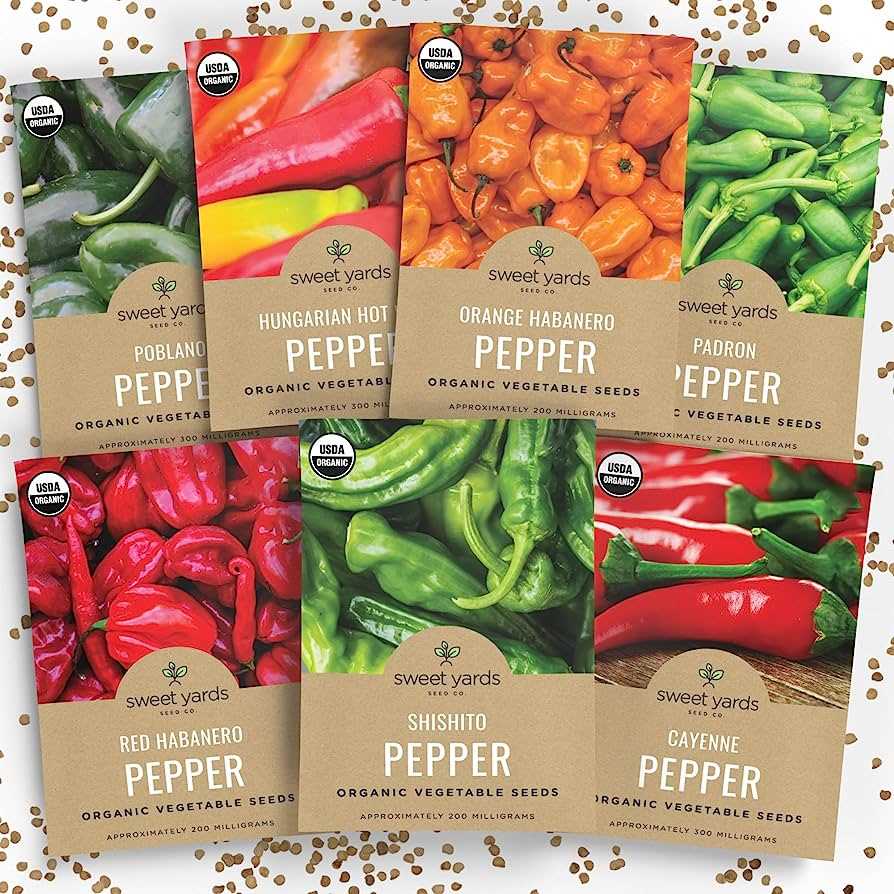
Habanero peppers are a popular choice for greenhouse and soil cultivation. They require warm temperatures and plenty of sunlight to thrive. It’s recommended to start habanero seeds indoors and transplant them to a greenhouse or garden once the danger of frost has passed. These peppers can take a bit longer to mature than other varieties, typically around 90 to 100 days from planting to harvesting.
It’s also worth noting that habaneros can be quite sensitive to moisture, so it’s important not to overwater them. Slightly dry soil is better than soil that is too wet, as this can lead to root rot or other issues.
In Conclusion
Habanero peppers are a great choice for those who enjoy spicy food and are looking to add a little extra heat to their dishes. With their intense heat and unique flavor, these peppers can take any recipe to the next level. Just remember to handle them with care and start with a small amount to avoid overwhelming the taste buds.
Bell Peppers – The Versatile Choice for Cooking and Snacking
Bell peppers are a popular choice for cooking and snacking due to their versatility and delicious flavor. Whether you’re grilling, sautéing, stuffing, or simply enjoying them fresh, bell peppers can add a burst of color and flavor to any dish.
Vibrant Colors and Varied Flavors
Bell peppers come in a variety of vibrant colors, including red, yellow, orange, and green. Each color has its own unique flavor profile, ranging from sweet to slightly tangy.
Red bell peppers are the ripest and sweetest, with a rich and fruity flavor. They’re perfect for roasting, grilling, or eating raw in salads.
Yellow and orange bell peppers have a milder taste, with a slightly sweeter and less tangy flavor compared to red peppers. They’re great for adding a pop of color to stir-fries or enjoying raw in sandwiches.
Green bell peppers are less mature than their colorful counterparts and have a slightly bitter taste. They’re commonly used in cooking and add a crisp texture to dishes like fajitas or stuffed peppers.
Packed with Nutrients
Bell peppers are not only delicious but also packed with essential nutrients. They’re an excellent source of vitamin C, providing more than 100% of the recommended daily intake in just one medium-sized pepper.
They’re also rich in vitamin A, vitamin B6, vitamin K, and folate. Additionally, bell peppers are low in calories and high in fiber, making them a healthy choice for snacking.
What to Look for When Buying Bell Peppers
When choosing bell peppers, look for ones that are firm and have a glossy, unblemished skin. Avoid peppers with wrinkles, soft spots, or mold.
It’s worth noting that while all bell peppers start green, they will change color as they ripen. So if you prefer a sweeter taste, go for the red, yellow, or orange varieties.
Ways to Enjoy Bell Peppers
There are countless ways to enjoy bell peppers. Here are a few ideas to get you started:
- Slice them up and enjoy them raw with a dip
- Grill or roast them for a smoky flavor
- Stuff them with a delicious filling of your choice
- Add them to stir-fries, fajitas, or pasta dishes for a burst of color
- Include them in salads, sandwiches, or wraps for an extra crunch
No matter how you choose to enjoy them, bell peppers are sure to elevate your cooking and snacking experience with their versatility and delicious taste.
Jalapeno Peppers – A Mild Heat with a Burst of Flavor
Jalapeno peppers are a popular variety of chili pepper known for their mild heat and distinct flavor. They are a staple in Mexican and Southwestern cuisine and are widely used in salsas, dips, and as a topping for nachos and tacos.
Flavor Profile
Jalapenos have a unique flavor that is both spicy and slightly sweet. They offer a mild to medium level of heat, making them suitable for those who enjoy a bit of spice without overwhelming their taste buds. The heat level can vary, with some jalapenos being milder than others.
Uses in Cooking
Jalapenos can be used in a variety of dishes to add a touch of heat and flavor. They can be sliced or diced and used fresh in salads, salsas, and guacamole. They can also be roasted, grilled, or stuffed with cheese or meat for a delicious appetizer or side dish. Additionally, jalapenos can be pickled or preserved to be used as a condiment or added to sandwiches and burgers for an extra kick.
Growing Jalapeno Peppers
Jalapeno peppers can be easily grown in greenhouses or in the soil. They thrive in warm climates and require plenty of sunlight. It is recommended to start jalapeno plants from seeds indoors and transplant them to the garden once the weather warms up. They can be grown in pots or containers, as well as in garden beds.
Health Benefits
Jalapeno peppers are not only flavorful but also offer several health benefits. They are packed with vitamins A and C, which are essential for a healthy immune system. They also contain capsaicin, a compound believed to have anti-inflammatory and antioxidant properties. Capsaicin is also known for its potential to boost metabolism and aid in weight loss.
| Key Points |
|---|
| Jalapeno peppers have a mild to medium level of heat and a distinct flavor. |
| They are commonly used in Mexican and Southwestern cuisine. |
| Jalapenos can be used fresh, roasted, grilled, or pickled. |
| They are easy to grow in greenhouses or in the soil. |
| Jalapenos are rich in vitamins A and C and contain capsaicin. |
Poblano Peppers – The Ideal Pepper for Grilling
The Poblano pepper, also known as Ancho pepper, is a popular choice for grilling due to its mild heat and rich flavor. This variety of pepper originates from Mexico and is a staple in Mexican cuisine.
Key Features:
- Mild to medium heat level.
- Thick and fleshy walls, perfect for grilling.
- Rich, smoky flavor.
- Dark green color when mature.
- Can grow up to 4 inches long.
Poblano peppers are usually roasted before grilling to enhance their flavor. The roasting process gives them a smoky taste and helps to loosen the skin, making it easier to peel off after grilling.
Grilling Poblano Peppers:
- Preheat the grill to medium-high heat.
- Wash and dry the Poblano peppers.
- Place the peppers directly on the grill grates.
- Cook for about 10-12 minutes, turning occasionally, until the skin is charred and blistered.
- Remove the peppers from the grill and place them in a bowl.
- Cover the bowl with a plate or plastic wrap and let the peppers steam for about 10 minutes.
- Peel off the charred skin from the peppers using your hands or a knife.
- Remove the stem and seeds from the peppers.
- Slice, stuff, or chop the grilled Poblano peppers according to your preference.
Poblano peppers are versatile and can be used in various dishes. They are commonly used to make chiles rellenos, a traditional Mexican dish where the peppers are stuffed with cheese, meat, or vegetables, and then breaded and fried.
Note: When handling Poblano peppers, it is recommended to wear gloves as their seeds and membranes can cause skin irritation.
Banana Peppers – The Sweet Heat for Salads and Sandwiches
Banana peppers are a popular variety of pepper that are well-known for their mild heat and sweet flavor. They are often used in salads and sandwiches to add a tangy and slightly spicy kick. Banana peppers are a versatile pepper that can be enjoyed both raw and cooked, making them a great addition to any meal.
Flavor Profile
Banana peppers have a unique flavor profile that combines a mild heat with a sweet taste. The heat level of banana peppers is typically quite low, ranging from 0 to 500 Scoville Heat Units (SHU). This makes them perfect for those who prefer a milder heat in their dishes. The sweet flavor of banana peppers adds a refreshing and slightly fruity taste to salads and sandwiches.
Uses
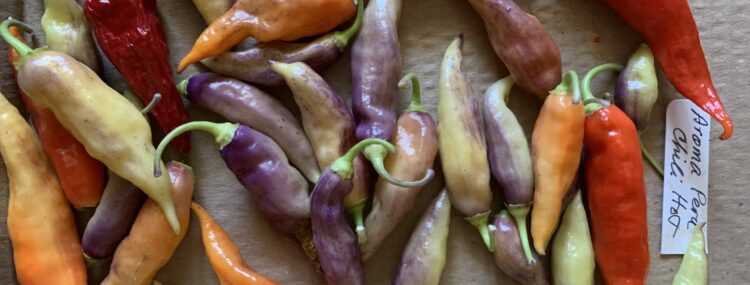
Banana peppers are a versatile pepper that can be used in a variety of dishes. They are commonly sliced and added to salads, where they provide a zesty, crunchy texture and a pop of flavor. Banana peppers can also be stuffed with cheese or meat and baked for a delicious appetizer or side dish.
One popular way to enjoy banana peppers is on sandwiches. They can be sliced and added to subs or burgers to give them an extra layer of flavor. The combination of the sweet heat from the banana peppers and the savory flavors of the sandwich ingredients creates a delicious and satisfying meal.
Growing Banana Peppers
Banana peppers can be easily grown in a greenhouse or in the soil, making them a great option for home gardeners. They require full sun and well-drained soil to thrive. Banana pepper plants usually reach a height of 18-24 inches and produce an abundance of peppers throughout the growing season.
When harvesting banana peppers, it’s important to wait until they are fully ripe. The peppers should be a bright yellow color and feel firm to the touch. Overripe peppers may have a mushy texture and a less desirable flavor.
Conclusion
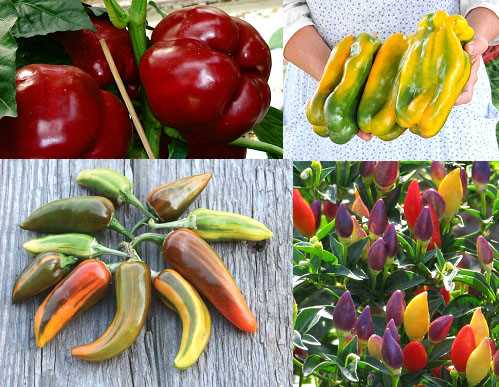
Banana peppers are a delicious and versatile pepper variety that can be enjoyed in a variety of dishes. Their mild heat and sweet flavor make them a perfect addition to salads and sandwiches. Whether grown in a greenhouse or in the soil, banana peppers are a great option for home gardeners looking to add some sweet heat to their meals.
Choosing the Right Soil for Growing Peppers
Growing peppers successfully depends on many factors, and one of the most important factors is choosing the right soil. The right soil will provide the necessary nutrients and drainage for the peppers to thrive. Here are some considerations when selecting the soil for growing peppers:
1. Well-Draining Soil
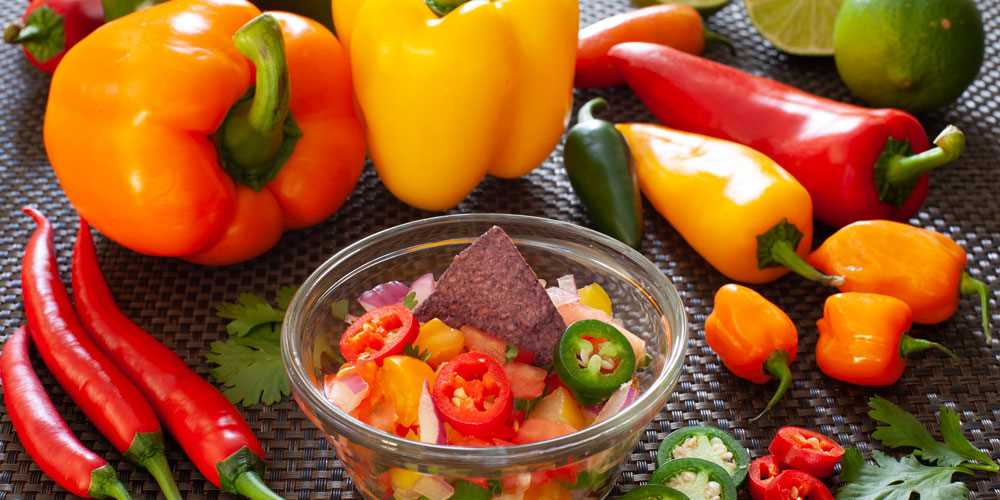
Peppers prefer well-draining soil because they are prone to root rot if the soil becomes waterlogged. Look for soil that has a good balance of organic matter, sand, and clay to promote proper drainage.
2. pH Level
The pH level of the soil is crucial for pepper plants. Ideally, the soil should have a pH level between 6.0 and 6.8 for optimal growth. You can test the pH level using a soil testing kit available at garden centers or by sending a soil sample to a local agricultural extension office.
3. Organic Matter
Adding organic matter, such as compost or well-rotted manure, to the soil before planting peppers can improve its fertility and water-holding capacity. This will provide a steady supply of nutrients and promote healthy root development.
4. Nutrient Availability
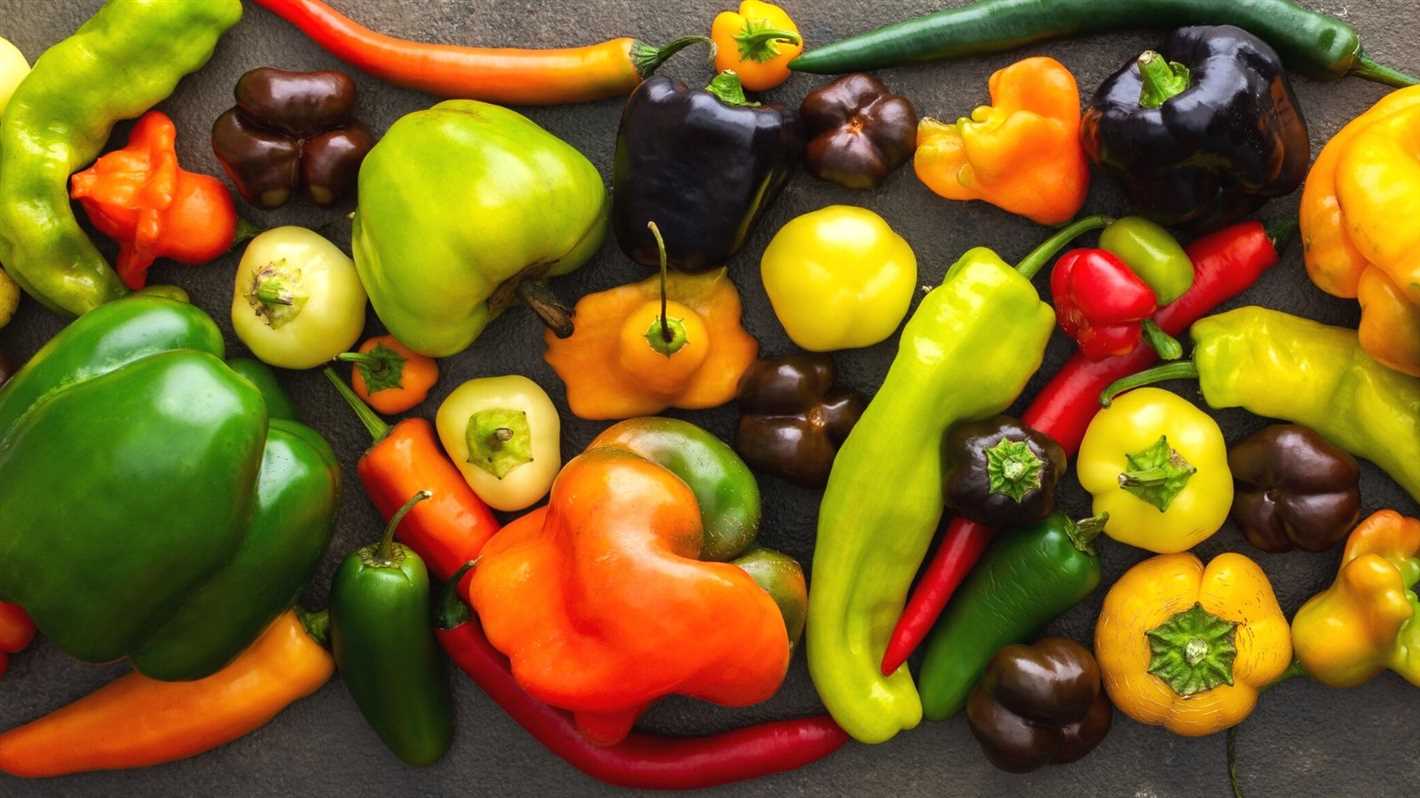
Peppers require a balanced supply of nutrients to grow and produce fruit. Choose soil that is rich in essential nutrients like nitrogen, phosphorus, and potassium. You can also supplement the soil with organic fertilizers to ensure optimum nutrient availability.
5. Disease Resistance
Some soils may carry diseases or pests that are harmful to peppers. Avoid using soil that has previously grown peppers or other solanaceous crops to reduce the risk of disease transfer. If using garden soil, it is recommended to sterilize it before planting.
6. Container Gardening
If you are growing peppers in containers, make sure to choose a well-draining potting mix specifically formulated for container gardening. Container mixes usually contain a mix of peat moss, perlite, and vermiculite to provide adequate drainage and aeration.
7. Mulching
Mulching around pepper plants with organic mulch, such as straw or wood chips, can help retain moisture, control weeds, and regulate soil temperature. Mulch also adds organic matter to the soil as it decomposes, improving its structure over time.
By choosing the right soil for growing peppers, you can provide optimal conditions for their growth and enjoy a bountiful harvest of delicious peppers.
The Art of Harvesting and Storing Fresh Peppers
Harvesting fresh peppers is an exciting and rewarding task for any gardener or pepper enthusiast. To ensure you enjoy the full flavor and freshness of your peppers, it’s important to know the right time to harvest them and how to properly store them.
1. Harvesting Fresh Peppers
Peppers can be harvested at different stages of maturity, depending on personal preference and the desired use. Here are a few guidelines:
- Green Peppers: Wait until the peppers are green and well-sized. They should be firm to the touch and have a glossy appearance.
- Red Peppers: If you prefer a sweeter taste, allow the green peppers to fully ripen and turn red. These are great for eating fresh or roasting.
- Yellow or Orange Peppers: Similarly, yellow or orange peppers can be harvested when they reach their desired color and are firm to the touch.
2. Harvesting Techniques
When harvesting peppers, it’s important to handle them gently to avoid damaging the plant or fruit. Here’s how to do it:
- Use sharp pruning shears or a knife to cut the pepper stem about an inch above the fruit. Avoid pulling or twisting the peppers off the plant.
- Place the harvested peppers into a basket or container, being careful not to stack them on top of each other, as this can cause bruising.
3. Storing Fresh Peppers
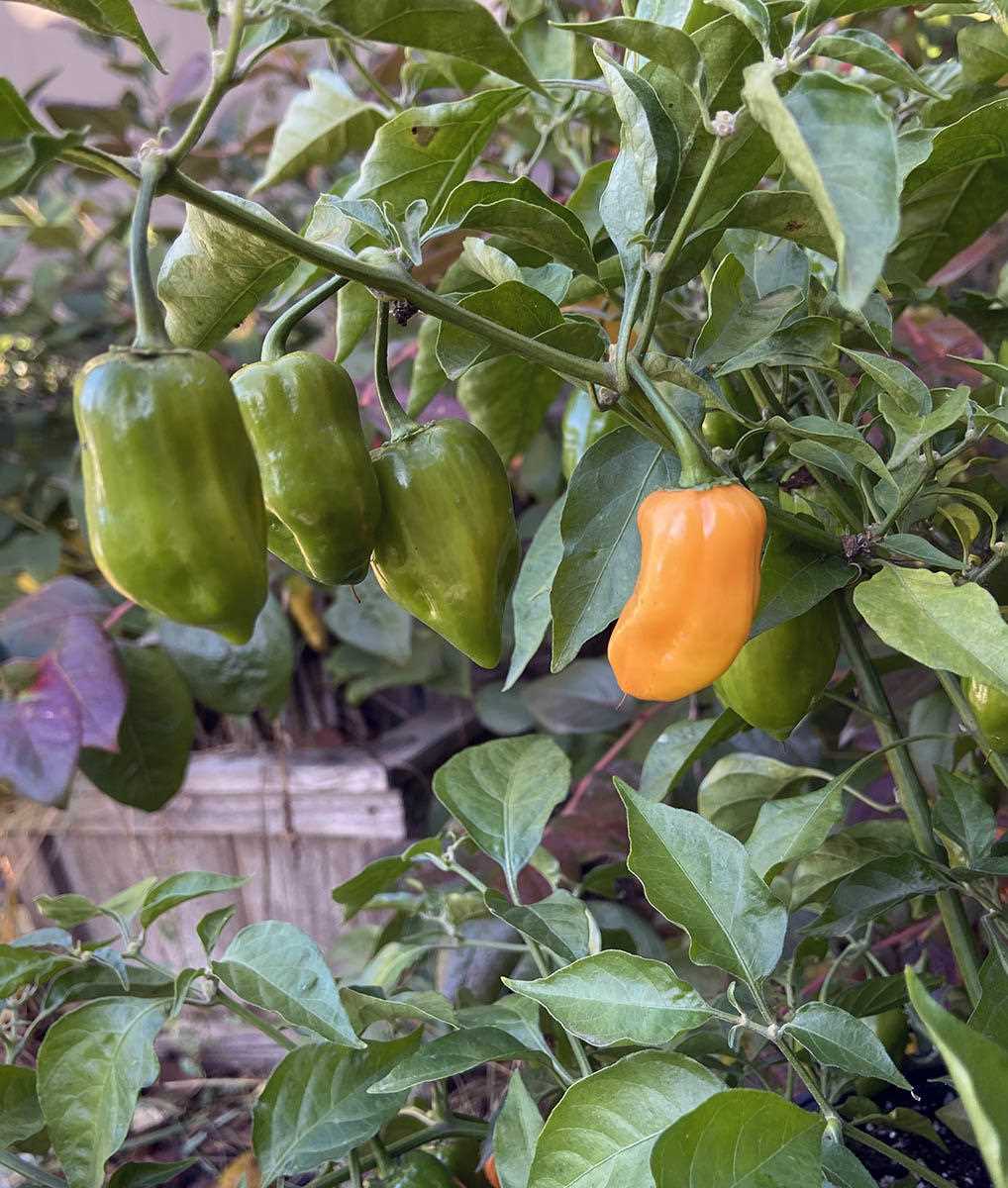
To maximize the shelf life and flavor of your fresh peppers, follow these storage tips:
- Refrigeration: Peppers can be stored in the refrigerator for up to one week. Place them in a perforated plastic bag to maintain optimal humidity and prevent them from becoming too moist.
- Freezing: If you have an abundance of peppers, consider freezing them for later use. Wash, core, and slice the peppers before placing them in freezer-safe bags. They can be stored for up to six months in the freezer.
4. Enjoying Fresh Peppers
Now that you’ve harvested and stored your fresh peppers, it’s time to enjoy them! Whether you prefer grilling, sautéing, roasting, or eating them raw, fresh peppers add a burst of flavor and nutrition to any dish. Get creative in the kitchen and experiment with different recipes to make the most of your freshly harvested peppers.
“Question-Answer”
What are some great pepper varieties for greenhouse cultivation?
Some great pepper varieties for greenhouse cultivation are Sweet Chocolate, Topepo Rosso, Carmen, King Arthur, and Carnival.
What are the advantages of growing peppers in greenhouses?
Growing peppers in greenhouses allows for extended growing seasons, protection from extreme weather conditions, and control over temperature and humidity levels.
What are some organic pepper varieties for soil cultivation?
Some organic pepper varieties for soil cultivation are Early Jalapeno, California Wonder, Hungarian Wax, Anaheim, and Poblano.
Can pepper varieties grown in greenhouses be used for grilling?
Yes, pepper varieties grown in greenhouses can be used for grilling. They provide a delicious and flavorful addition to grilled dishes.
Are there any specific pepper varieties that are great for eating fresh?
Yes, there are several pepper varieties that are great for eating fresh. Some examples include Sweet Banana, Mini Bell, Lunchbox, Sweet Cherry, and Shishito.
What are some tips for growing peppers in greenhouses?
Some tips for growing peppers in greenhouses include providing adequate sunlight, maintaining proper temperature and humidity levels, providing regular watering and fertilization, and monitoring for pests and diseases.
Are there any pepper varieties that are resistant to common diseases?
Yes, there are pepper varieties that are resistant to common diseases such as bacterial leaf spot and powdery mildew. Examples of such varieties include Carmen, Gypsy, and Bell Boy.







